If you’re shopping for a top-shelf, flagship-level TV from a major brand, you can reasonably expect an extensive list of features and enhancements. It just comes with the territory — the higher the price, the more you’ll be taken care of.
However, for as far back as I can recall, there’s one area where premium TVs from Sony, Hisense and TCL have fallen short of the competition from LG and Samsung: HDMI 2.1 support.
All five of these major brands specialize in high-quality TVs across multiple price points. But when it comes to the best TVs they offer, only LG and Samsung deliver a full slate of high-bandwidth, HDMI 2.1 inputs — that’s four total. The rest top out at just two optimized ports, with the remaining pair certified as HDMI 2.0.
Why does this matter for gamers, and are there changes on the horizon? Let’s get into it.
Why does HDMI 2.1 matter for gaming?
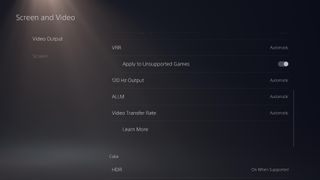
If you’re interested in doing a deep dive into the details, check out our complete guide to HDMI 2.1. For our purposes, I'll stick to the basics.
HDMI 2.1 inputs support a higher bandwidth than their 2.0 counterparts. If your TV offers a HDMI 2.1 input and you plug a console into it, you'll be better equipped to take advantage of that console's sought-after features.
Want to get the most out of a PS5 Pro? Your TV needs to support HDMI 2.1. With it, you can play 4K games at 120Hz. Without it, you're playing those 4K games at 60Hz.
What are the benefits of having more than two HDMI 2.1 inputs?
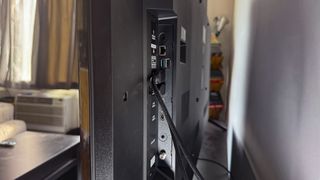
If you own more than three gaming devices that would take advantage of HDMI 2.1 ports, the answer to this question is obvious. If you only own two consoles or gaming devices that would take advantage of HDMI 2.1’s capabilities — like the Xbox Series X and the PS5 — the answer is less obvious.
Many TVs that top out at just two HDMI 2.1 inputs designate one of them as the TV’s eARC input. This means that, if you own a soundbar and you plan on simplifying the connectivity using the eARC port (something that most soundbar-owners should be doing), you’ve immediately lost one of the ports that could otherwise be taking advantage of your Xbox or PS5. Now, that console needs to be relegated to a less-capable HDMI 2.0 input, making 4K gaming at 120Hz a non-starter.
It’s been a gripe of mine for as long as LG and Samsung have been — rather progressively — outfitting their mid-range and top-shelf TVs with four fully-capable HDMI 2.1 inputs. It seems in line with what your expectations would be when purchasing one of a major brand’s best TVs.
Many TVs that top out at just two HDMI 2.1 inputs designate one of them as the TV’s eARC input.
I’ve gone on record saying that the Sony A95L QD-OLED is, as of today, one of the best TVs I’ve ever laid eyes on. But that performance doesn’t come cheap: It’ll run you between $2,499 and $4,799, depending on size and sale price. If you’re splashing out like this, it stands to reason that, along with a premium picture, you’re getting the goods when it comes to gaming.
But that’s not entirely the case. While still flush with software-based gaming features, the A95L is only equipped with two HDMI 2.1 inputs, and one of them is — you guessed it — pulling double-duty as the TV’s eARC port. If you want to pair your Sony-branded, $3,000 Master Series QD-OLED with a soundbar by way of eARC, it’ll limit your ability to get the most out of two gaming devices.
In recent years, Hisense and TCL have added a bit more flexibility to their HDMI 2.1-supporting TVs. Their mid-range and top-tier models — like the Hisense U8N and the 2024 TCL QM8 — still only offer two fully optimized ports, but the eARC port is kept separate. This means you can take full advantage of two consoles while a soundbar does its thing, too.
Still, wouldn't it be nice to have a full slate of HDMI 2.1 inputs on a flagship-level TV from Hisense or TCL? They're the best these brands have to offer. Just take a page from LG and Samsung's book and tack a couple more high-bandwidth inputs on these models.
Will 2025 be the year all high-end TVs adopt full HDMI 2.1 support?
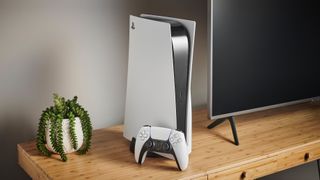
I sure hope so.
In most cases, a TV brand's best TVs shouldn't be compromising on something like gaming support. It shouldn't be the case with value-forward flagships like the Hisense U8N, and it definitely shouldn't be the case with a TV as pricey as the Sony A95L.
That Hisense and TCL understand the benefits of separating a TV's eARC port from the de facto gaming ports speaks to the convenience of having a full fleet of them. If all four are high-bandwidth, you don't even have to think about it.
Plus, with rumors circulating that the announcement of HDMI 2.2 is imminent, it'd be a little bit awkward if Sony's flagship TV for 2025 was saddled with two HDMI 2.0 ports.
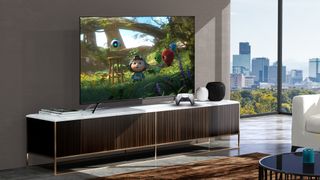
![How Performance Marketing + Brand Fuels Traffic Growth And Conversions [Webinar] via @sejournal, @hethr_campbell](https://www.searchenginejournal.com/wp-content/uploads/2024/12/featured-963.png)
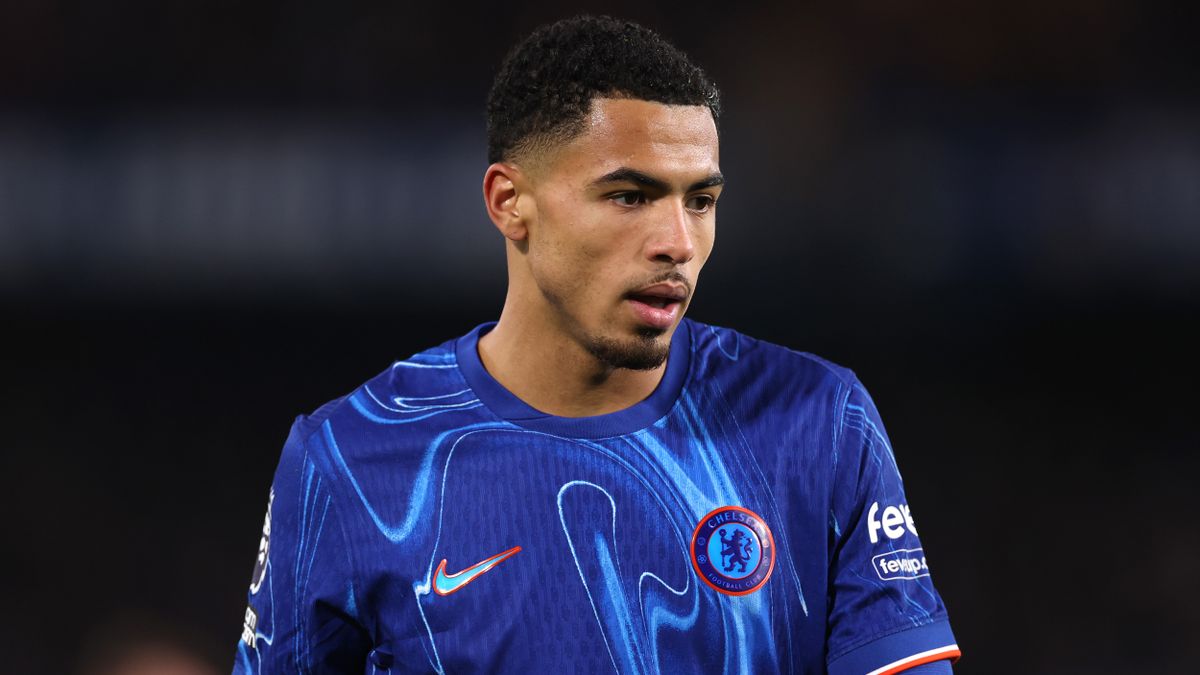

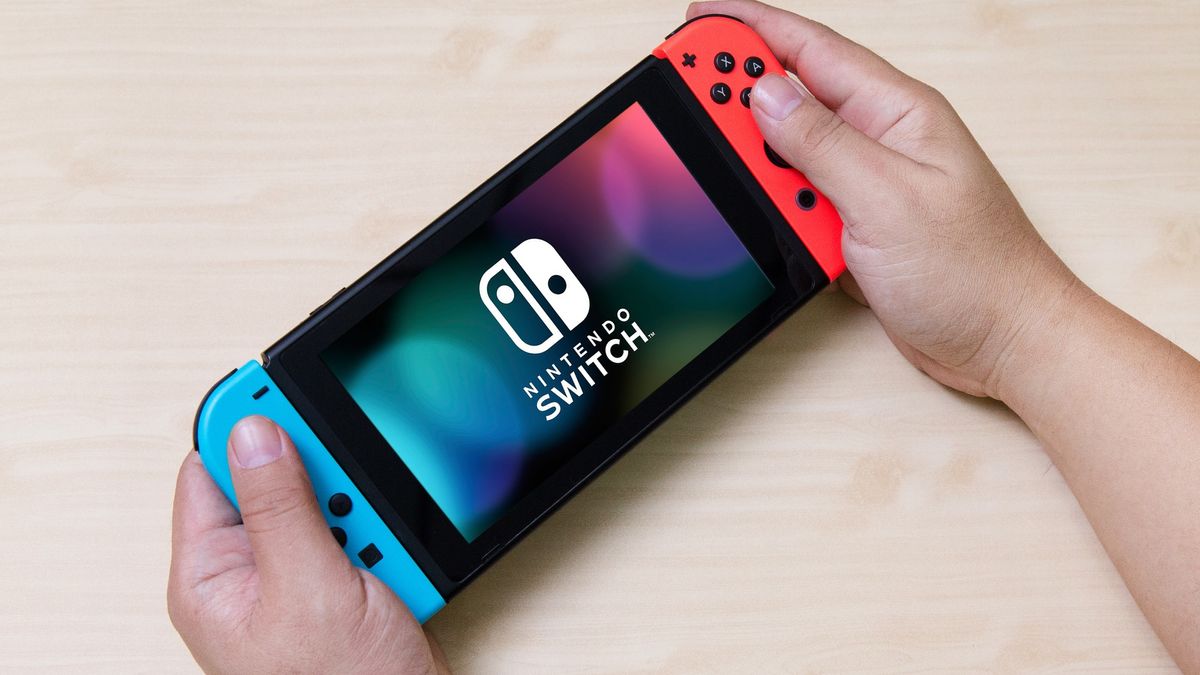



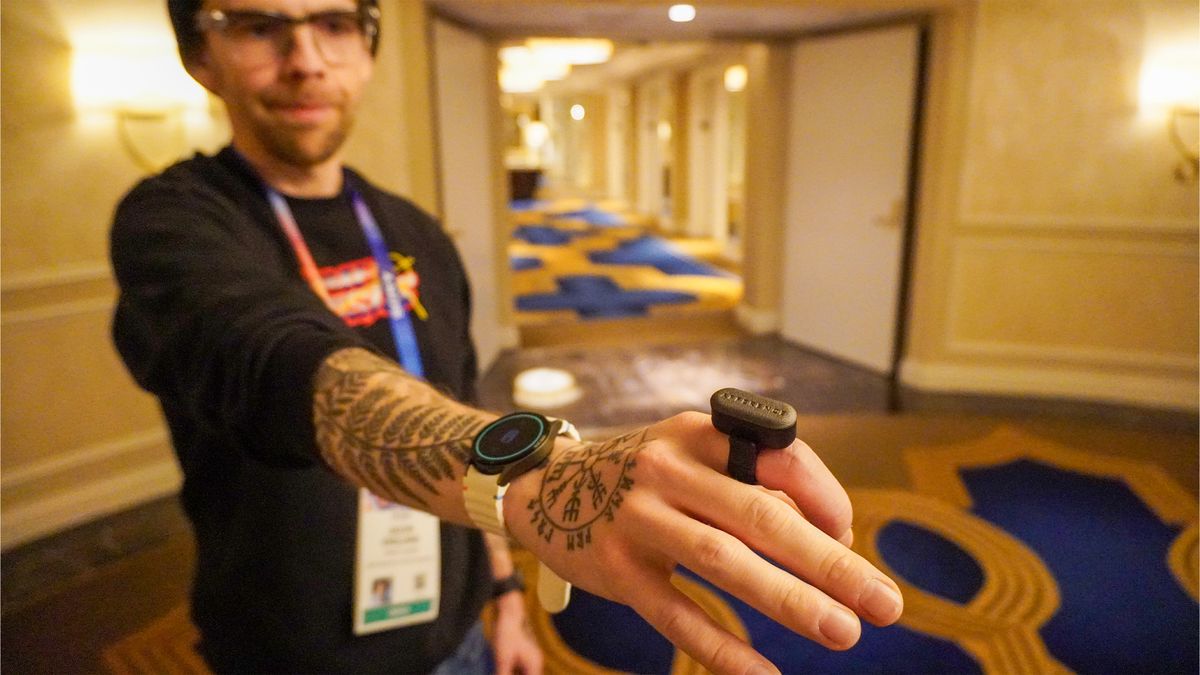

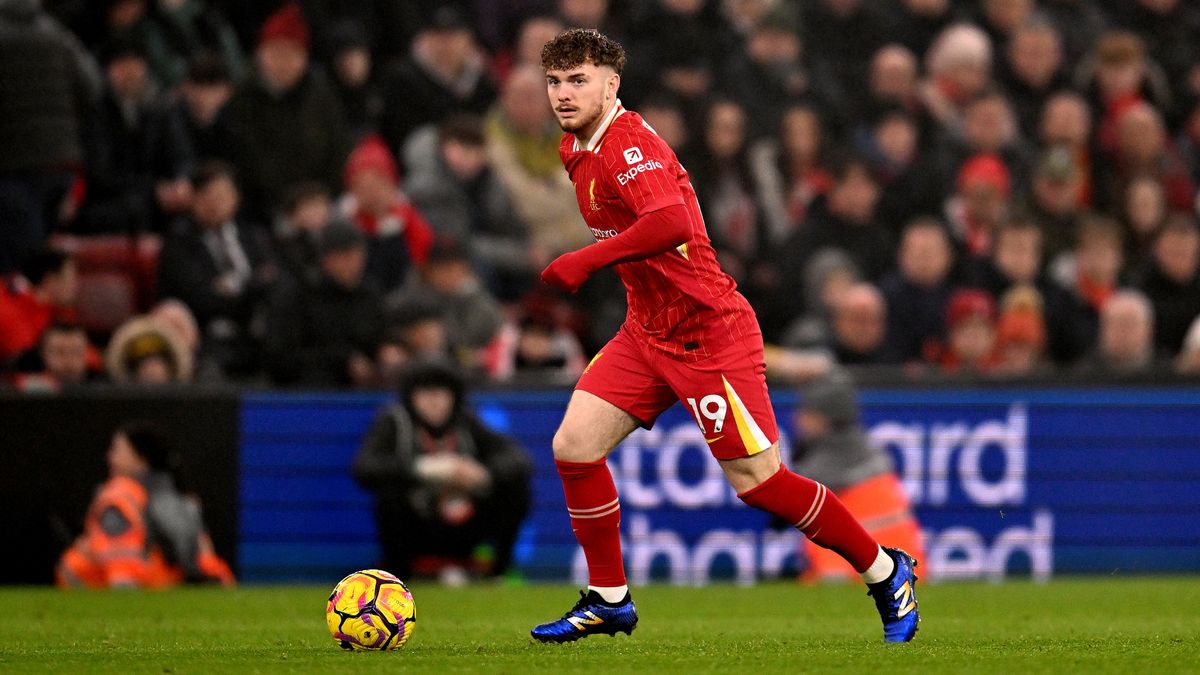

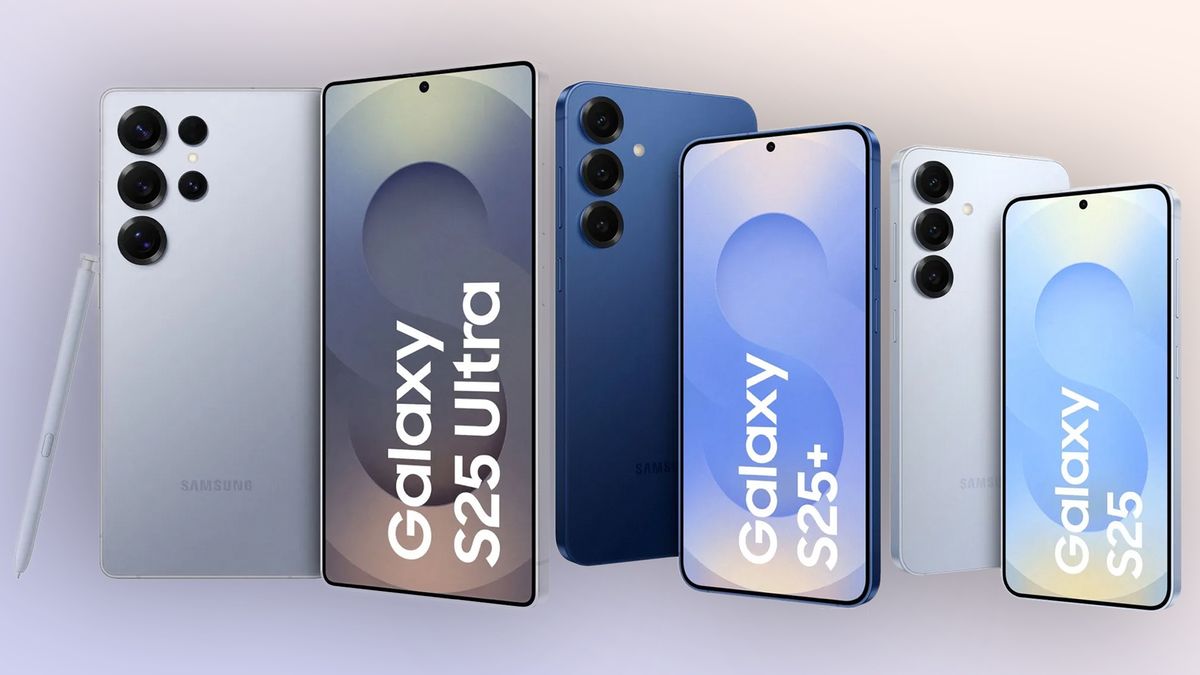








 English (US) ·
English (US) ·